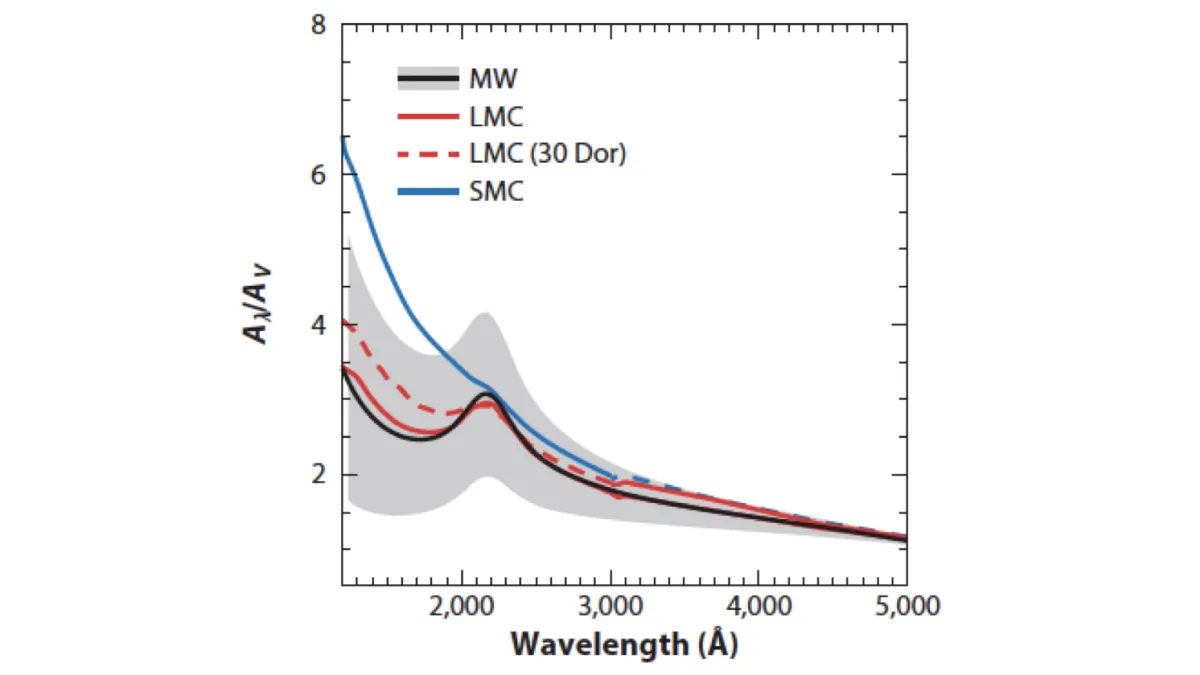Exploring the Ultraviolet Extinction Landscape: A Mission Concept for Probing Interstellar Medium Composition in the Milky Way and Local Group Galaxies
This project aims to conceptualize a UV astronomical space mission to explore the interstellar medium (ISM) in the Milky Way and nearby Local Group Galaxies. Utilizing recent UV coating and detector advancements, the proposed mission involves high-throughput, compact UV spectroscopic instruments.
Research themes
Project status
Content navigation
About

Observations of reddened OB stars within our Milky Way have revealed a distinct ultraviolet (UV) extinction feature around 2175 Å, accompanied by a rapid increase in extinction toward the far UV along the lines of sight. Despite ongoing debates regarding the identity of the carrier(s) responsible for these phenomena, numerous laboratory studies suggest carbonaceous grains as the primary component. The aim of the project is the conceptual development of a UV astronomical space mission aimed at exploring the composition of the interstellar medium (ISM) within both the Milky Way and nearby Local Group Galaxies. The primary approach involves mapping the spatial distribution of UV extinction features to gain insights into the makeup of the ISM and its variation.
Recent advancements in UV coating and detector technologies have paved the way for the development of high-throughput instruments in compact form factors. The mission concept centres around UV spectroscopic instruments designed to map the variability of the 2175A feature and the extinction curve shape. This project involves the development of a mission and instrument concept, observation strategy, and UV sky simulation tailored for both a balloon-based and a small satellite-based platform dedicated to the study of UV extinction.


